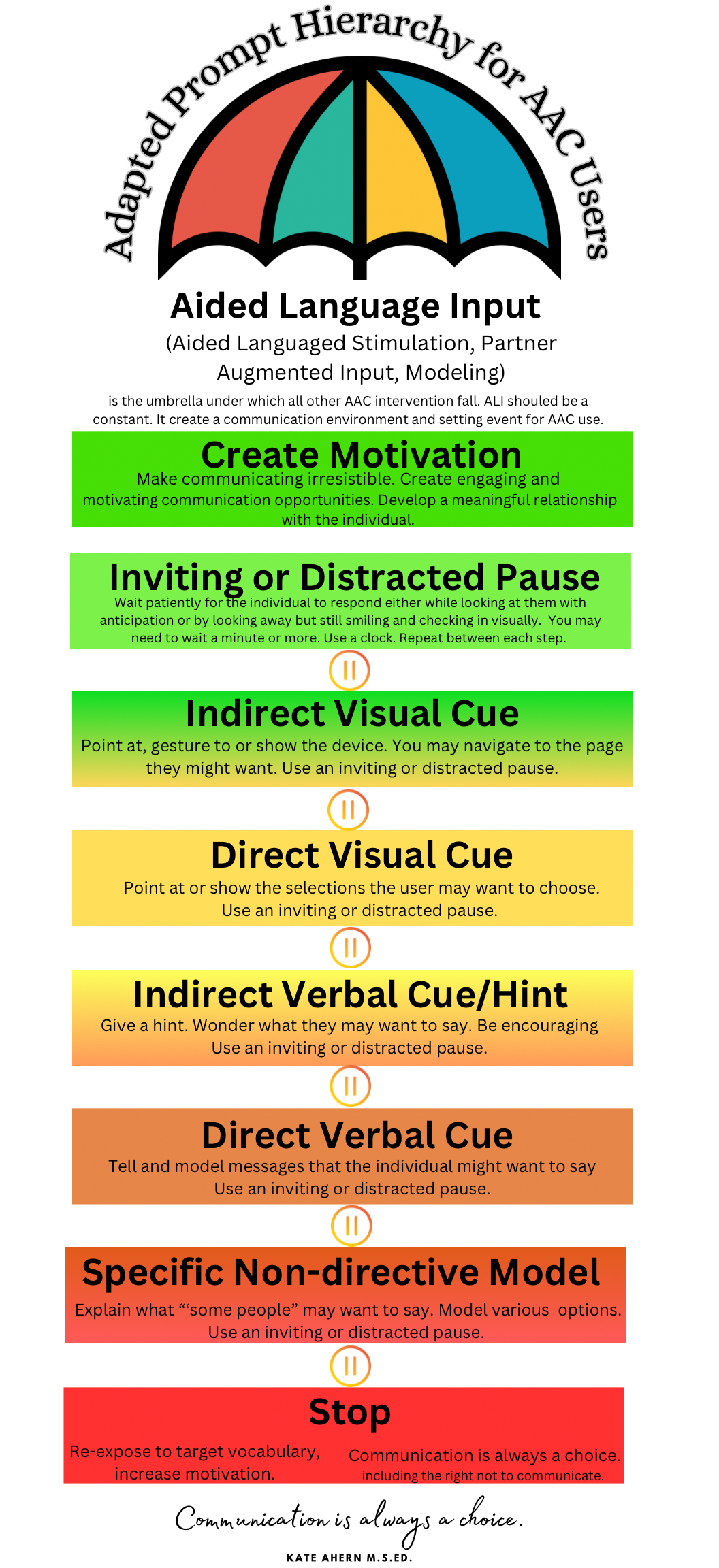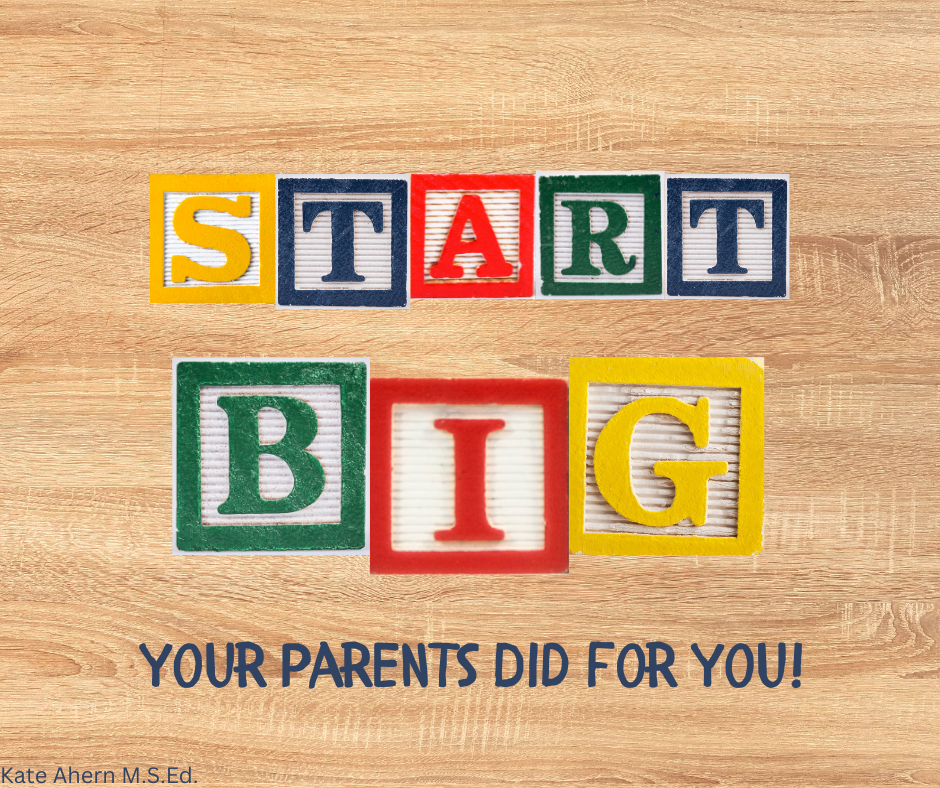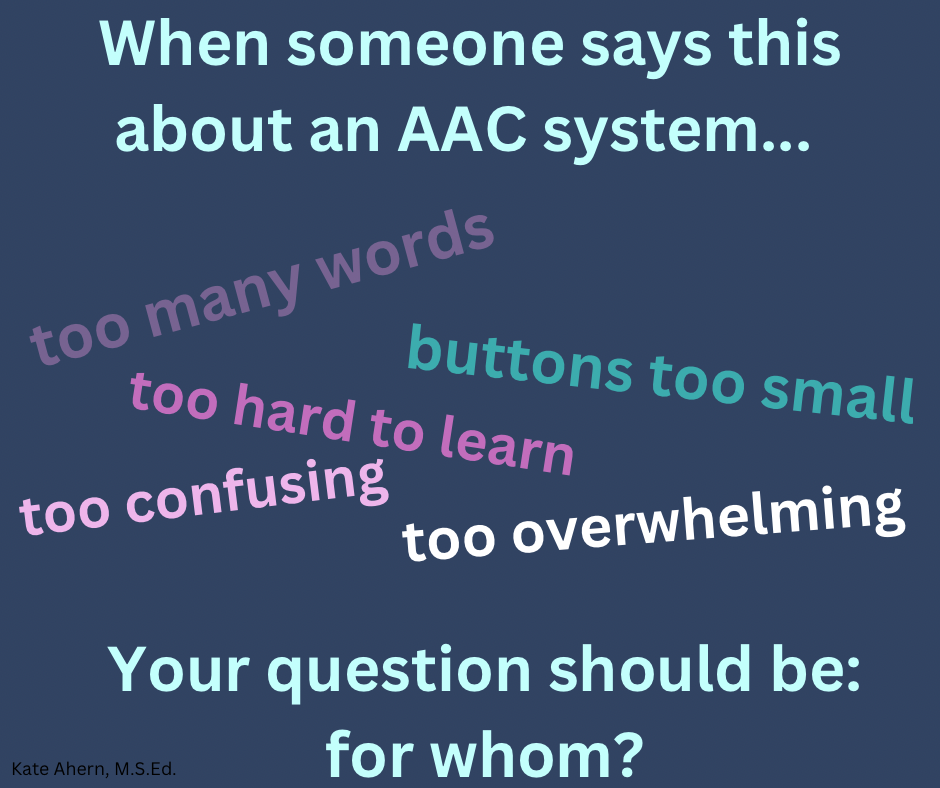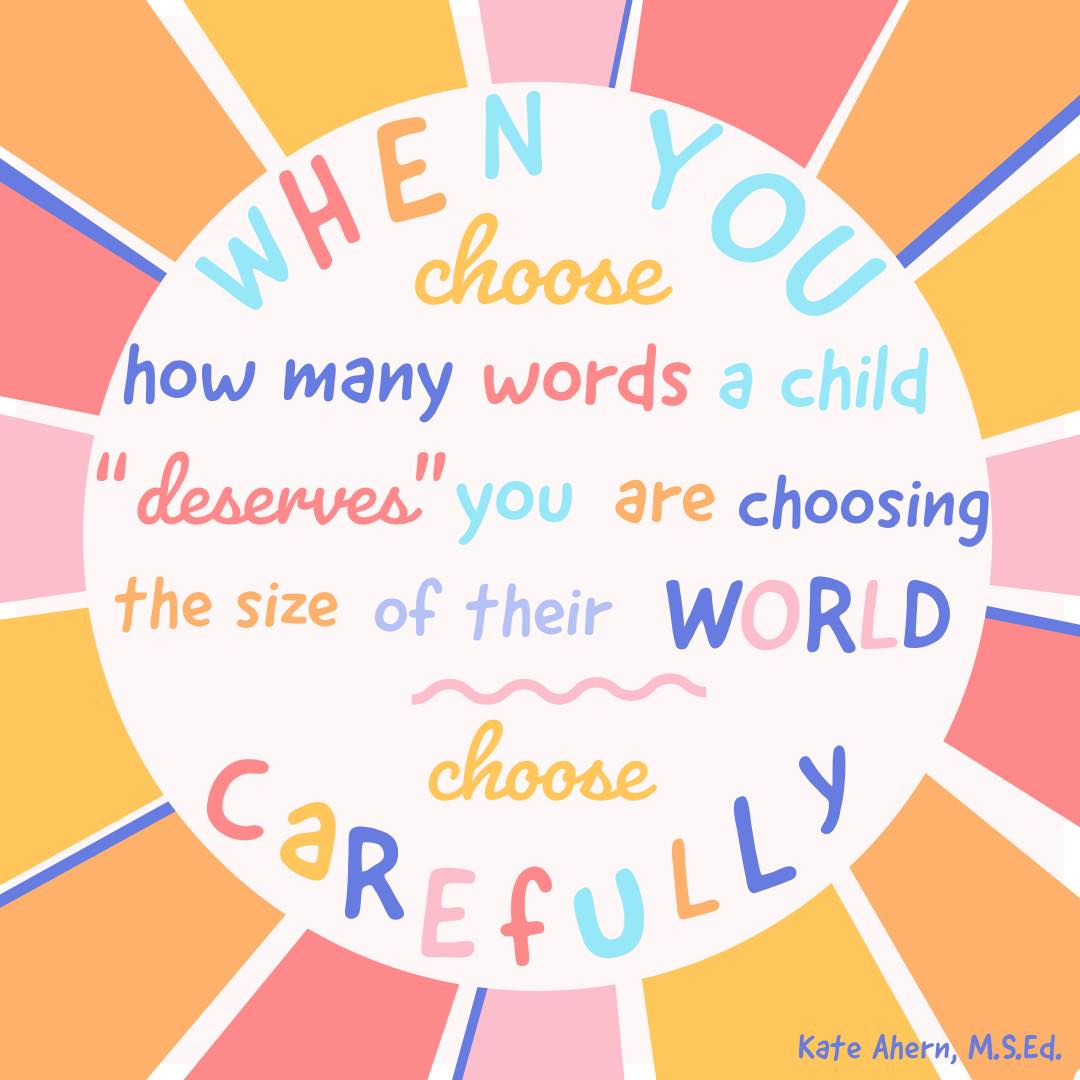|
Seven Years Later
The major ways this Adapted Prompt Hierarchy for AAC is different from other prompt or cue hierarchies are the following:
As well as their being a plethora of research supporting Aided Language Input as a primary intervention in AAC and a recommended best practice, there is also research indicating passive observation is better than using physical prompting in individuals with intellectual or developmental disabilities. Additionally, seven years ago I had begun to work with a number of individuals who had been assaulted at school. I had to wonder how being forced to communicate specific messages using hands on prompting (be it hand over hand or hand under hand) created an easier target for abuse. Especial since these individuals were also subject to hand over hand prompting for other tasks, physical restraints and they were given rewards for allowing others to do things they found invasive or for allowing their bodies to be manipulated. Certainly, hands on prompting, compliance based education and therapies and the inherent ableism in forcing a disabled person to do undesired activities was grooming disabled children and adults into being easier targets for abuse. In my original post, I went into great detail about the studies that show that individuals with disabilities are abuse at exponential rates compared to non-disabled individuals. The statistics have not gotten any better in seven years:
Certainly, when the hierarchy was first shared seven years ago there was a backlash. Some caregivers, but mainly paraprofessionals and professionals, could not conceive of a world where what an AAC user communicated was up to the AAC user. Talking about abuse against those with complex communication needs and developmental or intellectual disabilities caused great upset. There was a lot of push back about the rates of abuse reported being untrue, despite experts saying they were actually low. Many practitioners doubled down on using hands on prompting. Slowly, but certainly some practitioners have begun to see the risk in using physical prompting and compliance based programming. Most and more parents and other stakeholders are demanding their child's interventions NOT be based in compliance training and instead support neurodiversity. Using the Adapted Prompt Hierarchy supports neurodiversity in many ways. It supports communication autonomy by allowing the child to decide if, when and how they communicate. It supports physical autonomy by avoiding any hands on prompting. It allows for extended wait times of a minute or more to allow neurodiverse brains time to process what is happening and form a response. The Adapted Prompt Hierarchy for AAC is designed to create autonomous communicators who make their own choices surrounding what they wish to communicate, while offering them supports in choosing what to say, Please contact us if you wish to translate this into another language. We will be happy to assist. Download file here.
3 Comments
See also:
AAC through a Language Lens https://blog.mycoughdrop.com/aac-through-a-language-lens/ Choosing a Grid Size by AssistiveWare https://www.assistiveware.com/learn-aac/choosing-a-grid-size Grid Sizes by Liberator AU https://shorturl.at/eoFW9 Prepare for AAC Use by Fluent AAC https://www.fluentaac.com/prepare-for-aac-use What is beginning AAC? by Jane Farrell https://www.janefarrall.com/what-is-beginning-aac/ |
AuthorWrite something about yourself. No need to be fancy, just an overview. Archives
February 2024
Categories |








 RSS Feed
RSS Feed